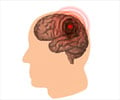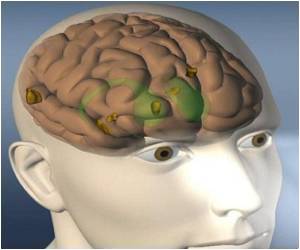
Lead investigator, neurologist Dr. Alexandre Poppe, suggests that patients aged 18 to 50 who present with stroke should have brain MRIs to identify those who have experienced silent strokes, in an effort to prevent further damage.
Silent brain infarcts (SBI) are tiny strokes which can be seen on brain imaging but are asymptomatic; the patient is completely unaware of their occurrence, but this does not mean they are not causing damage.
Research tells us that these conditions are common in older adults with acute ischemic stroke and predict recurrent stroke and cognitive decline. Their presence can help neurologists assess the risk of future stroke-related disease and emphasize prevention. Now, in a world-first study, Dr. Poppe has shifted the focus from elderly patients to a much younger, under-investigated age group: 18 to 50 year-olds.
Dr. Poppe and his co-investigators studied 168 stroke patients in this younger age group, all of whom underwent MRI after a first stroke. They were followed for an average of 27 months. Over that time, stroke recurred in 11 per cent.
Those with silent or covert strokes identified on their MRI were three times more likely to experience a recurrent stroke than patients without these covert lesions.
Advertisement
"All young people with stroke should be scanned preferably using MRI," he says. "Doing a CT scan alone is often insufficient to pick up the brain changes caused by covert brain infarcts; with an MRI you can actually tell how old the lesions are. You can see if they occurred before the stroke."
Advertisement














